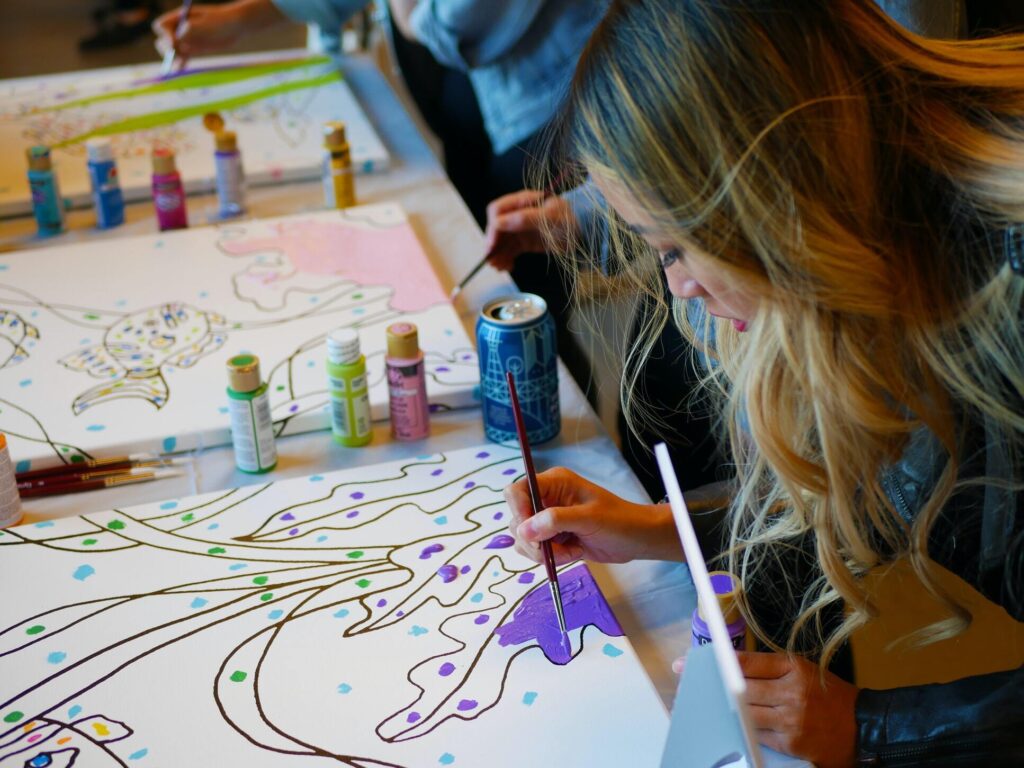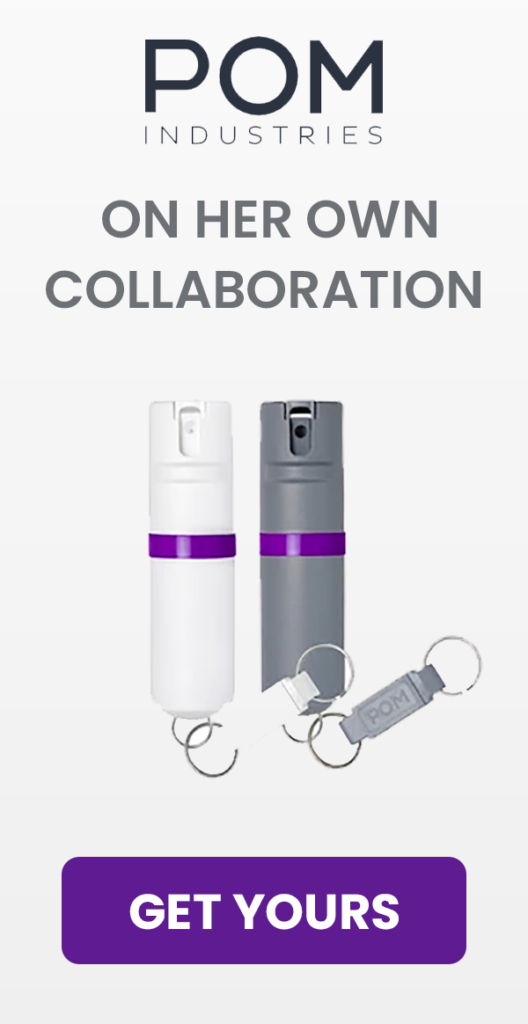
“Paint done” is a concept from Brené Brown’s book, Dare to Lead. I read it last year with my day job coworkers and while I go back and forth on various concepts in the book, I really liked this one not just for how it fits in with paying work, but for how useful it is generally. Painting done helps me communicate where I want to end up, to ask the right questions when I’m listening to someone else, and to understand my own directions and goals. It’s a really powerful tool, and I’d like to invite you try using it to improve your internal and external conversations.
The idea is that instead of setting a simple goal, you take the time to describe the entire end state that you desire. In other words, you paint an entire picture of what you want a result to look like, with all of the shading and details that you can imagine. It requires going beyond saying you want some help around the house and list out the specific chores you want done and what counts as completing them in an acceptable way. It’s not just saying clean the bathrooms, please, but put the towels in the laundry basic, hang up new ones, tidy up the junk on the counter, scrub the toilets, mop the floors, wipe down the tub and shower and sink, and clean the mirrors until they’re streak-free. It’s asking what helping with dinner means: planning, shopping, chopping the vegetables, making a salad or side dish, cooking the whole meal, cleaning up afterward, or some combination of some or all of the above. It’s deciding that not only do you want a promotion at work, but thinking about the exact position that you want, what department, what title, what responsibilities, what pay. It’s not just saying you’re going to fight back against an attacker, but seeing yourself successfully using the tools and skills you’ve trained to use, surviving the attack, and even triumphing and walking away to continue to live your life.
Painting done sets known expectations so that you can examine and discuss whether they make sense. It helps you figure out the gaps between where you’re at today and where you want to end up, because describing your exact end goal will expose all of the pieces that you need to pay attention to in order to get there. Sometimes, the process of describing the exact picture of “done” will force you to adjust the initial ideas you had because you realize or the people you are sharing with tell you that it’s not possible or that you can work towards a better “done” instead. And not for nothing, it helps complete your vision of the future, making it more real to you so you can dream about it specifically instead of simply having a vague and far-off idea that maybe you’ll accomplish something one day. Knowing all of that means you, or the people you’re asking to help you, are more likely to achieve exactly what you want because you’ve told them and yourself what that is instead of assuming that that you or they can read minds and make the right leaps in logic.
It’s a cross between setting goals and daydreaming about tomorrow, a more focused way of visualizing what you want to accomplish so that you can actually do it. It’s a more interactive process, which allows you to spot and solve problems before they come up, and to get more buy-in from across the board to do the work to get there.
So what does done look like for you today?
—
And hey! Bonus for reading this far! You can now hit up my friends at Penn Tactical Solutions to score OHO stickers and patches – https://www.penntacticalsolutions.com/onherown




